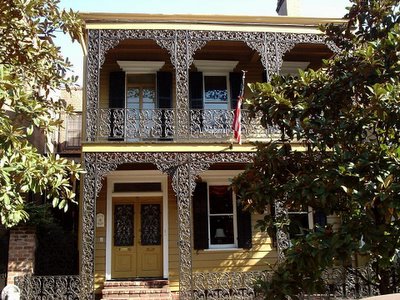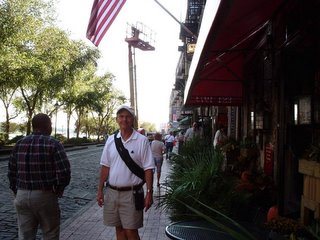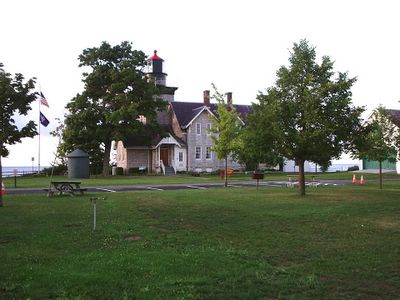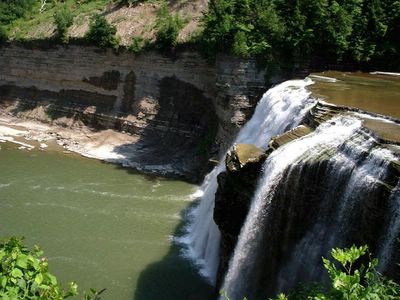While staying near Somerset Pennsylvania this fall we took a side trip in the Laurel Highlands to Frank Lloyd Wrights architectural masterpiece.
Here it is in each season.

Construction began in 1936, and ended with the completion of the guest house in 1939.

The Kaufmann family used Fallingwater in all seasons as a weekend or vacation home until the 1950's, when their son inherited it.

The Kauffmans owned a department store in Pittsburg. When we went to Pittsburg we saw a Kauffmans department store still operating in a local shopping center. The Kauffmans took the train to the nearby town of Oligopyle where they were picked up in a car by their Fallingwater caretaker and driven up the mountain to the weekend retreat.
The servant quarters is a complex of buildings up the side of the creek canyon behind the main house.
An interesting thing about the house is that everything inside and out, including all furniture, floors wall decor, lighting, etc. except for the kitchen - was designed by Frank Lloyd Wright.
The house gives you a feeling of cozyness while at the same time making you experience the outdoors surrounding you. It is fantastic.
 From left to right: Roland, Bernie, Teri, Tinina, and Anthony. Here we are sharing a meal at the campground; 25 minutes South of their house near the Metrozoo.
From left to right: Roland, Bernie, Teri, Tinina, and Anthony. Here we are sharing a meal at the campground; 25 minutes South of their house near the Metrozoo.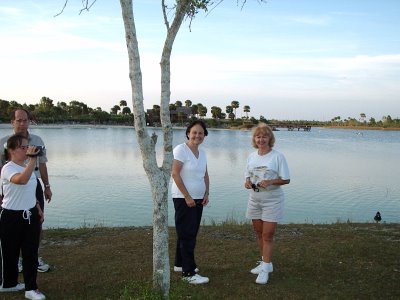 LP Thompson is a great public campground. Here we are walking by the large lake in the park grounds. It has a nice sandy beach in cystal-clear water.
LP Thompson is a great public campground. Here we are walking by the large lake in the park grounds. It has a nice sandy beach in cystal-clear water.
 Besides comfort and efficiency of motion, there are other definite differences between recumbents and regular bikes. In this picture Teri is in starting stance on her recumbent. Since one rides in a reclining position with pedals far forward, there is no such thing as standing up on the pedal to start, or pushing off with the free foot. One must be a good manager of the available 24 speeds and use the gears. Typically to start one must use a mid-range or lower gear and use a large upper leg muscle to push on a cocked pedal like she is doing.
Besides comfort and efficiency of motion, there are other definite differences between recumbents and regular bikes. In this picture Teri is in starting stance on her recumbent. Since one rides in a reclining position with pedals far forward, there is no such thing as standing up on the pedal to start, or pushing off with the free foot. One must be a good manager of the available 24 speeds and use the gears. Typically to start one must use a mid-range or lower gear and use a large upper leg muscle to push on a cocked pedal like she is doing.




